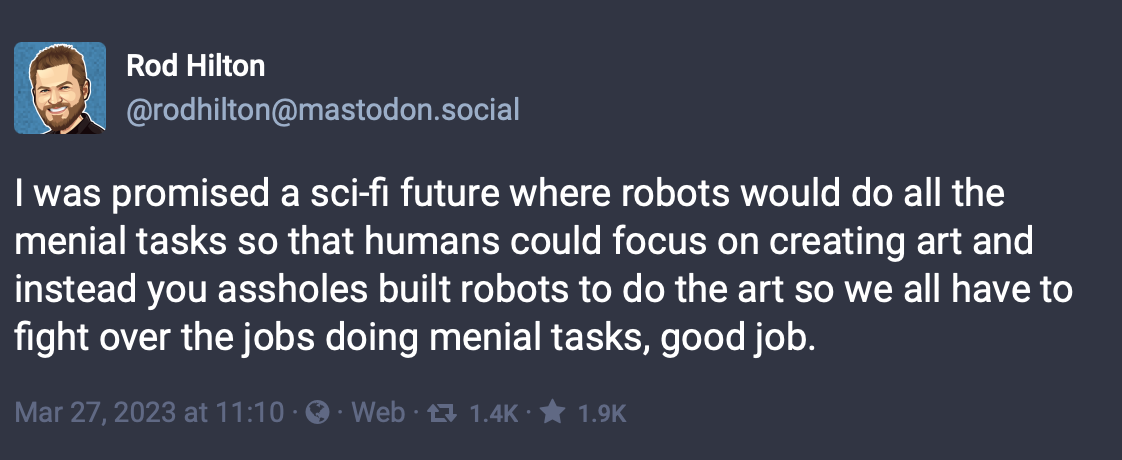No image posts today, but it’s a blockbuster edition of the link roundup this week! I hope you find something interesting in here…
LinkedIn remains a complete mystery to me.
“It’s cliché, but it’s true that people want to work with people, people buy from people, people want to see the human side of who you are before they decide to work with you,” says Tara Horstmeyer, an Atlanta-based ghostwriter who offers packages for 12 LinkedIn posts for anywhere between $2,000 and $3,000.
It’s worth reading this fascinating interview with a curious mind. Especially if you, like me, are “of a certain age” and feel like you just don’t get it…
Influencers are neither ‘a flash in the pan’ nor ‘a bubble about to burst,’ but indicators of a paradigm shift in the way we think about each other and ourselves.
3 → On Place (Alica Kennedy)
This is a lovely, rich essay on the difference between “destination” and “place” when we travel, how digital nomadism displaces locals, the pursuit of a “decent meal” abroad, and more.
Continued economic dependence upon tourism leads inevitably to brain drain, when a labor force no longer wishes to work only service jobs. What does ‘local’ as an experience mean when it’s not in service to those who are literally local?
This short essay from Amanda Knox packs a huge punch and really got to me. All we have is now…
No matter how small, cruel, sad, and unfair this life was, it was my life. Mine to make meaning out of, mine to live to the best of my ability. There was no more waiting. There was only now.
There is just so much wrong with the music streaming industry.
Artists aren’t allowed to see the deals that set their streaming payment rates; indie labels aren’t allowed to see the deals distributors cut with labels on their behalf . And in many cases, artists aren’t even allowed to compare notes and talk about their own contracts.
I have no pithy comment for this one.
“I roll into the gym with my Crocs on and everything, and people ask, ‘Aren’t you going to change shoes?'” Mr. Ndugga said. “No, this is how I’m going to live life for now.”
A top-to-bottom excellent post about Twitter from Ed Zitron. Read the whole thing!
Twitter can create an incredible sense of both intellectual invincibility and vulnerability that can drive someone quite mad.
This is an insightful post on the leader qualities that really build trust. In short, it’s about showing that you really, truly care.
Studies indicate that conveying benevolence is much more likely to earn you trust than conveying how competent you are. […] That’s why all things being equal, a person who is charismatic and kind will gain more trust than a person who is seen has having good ability.
I agree with this take from Clive. It’s like we’ve learned nothing from social media.
The field of large language models is becoming dangerously centralized. A huge amount of power resides in the hands of a tiny number of firms.
This is a wonderful essay about the things that ensure happy and enduring families.
The bottom line: if you want a happier family, create, refine and retell the story of your family’s positive moments and your ability to bounce back from the difficult ones. That act alone may increase the odds that your family will thrive for many generations to come.
